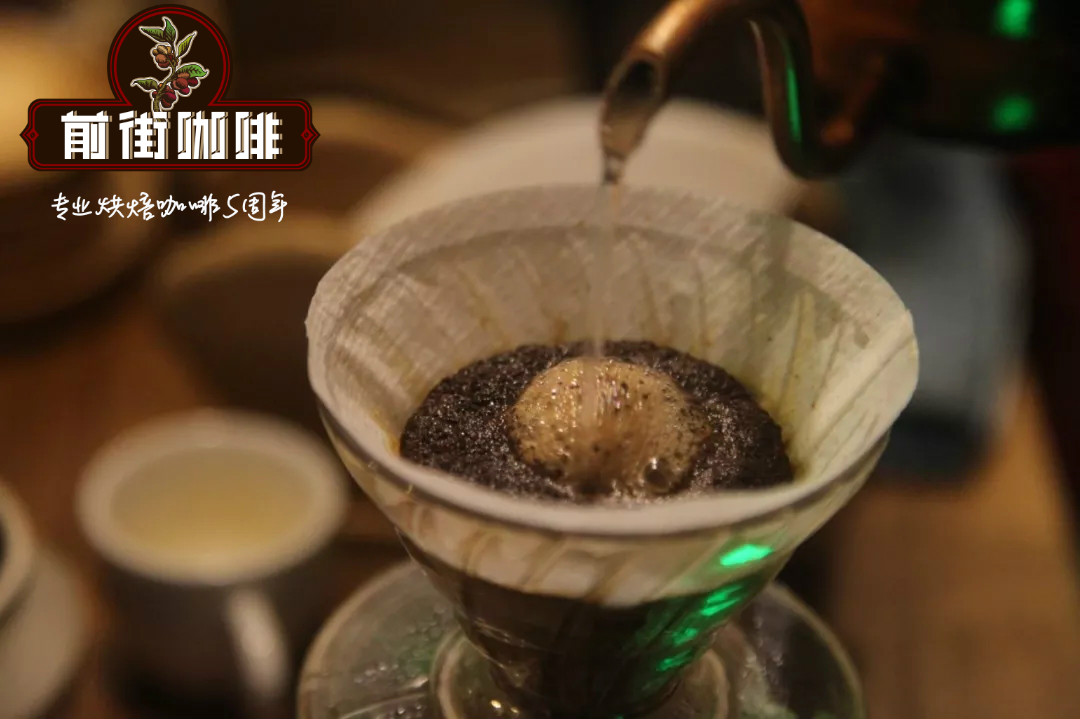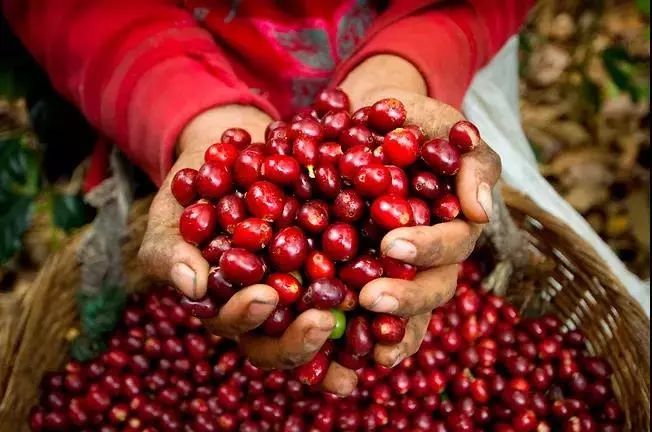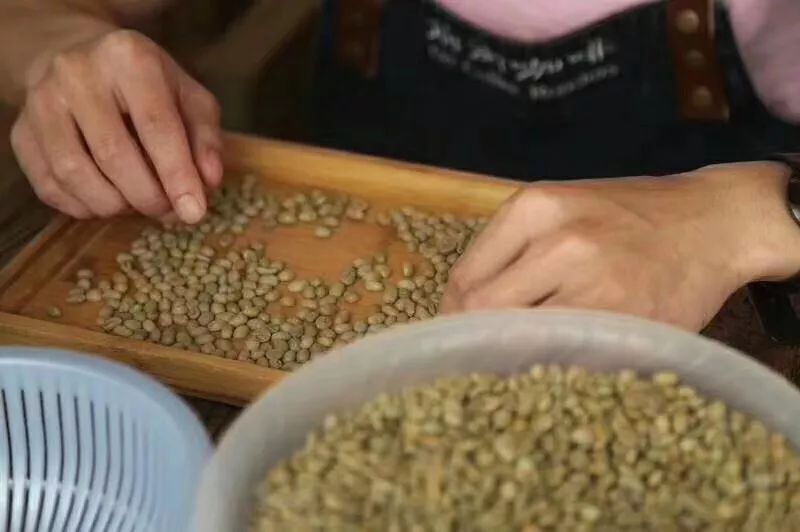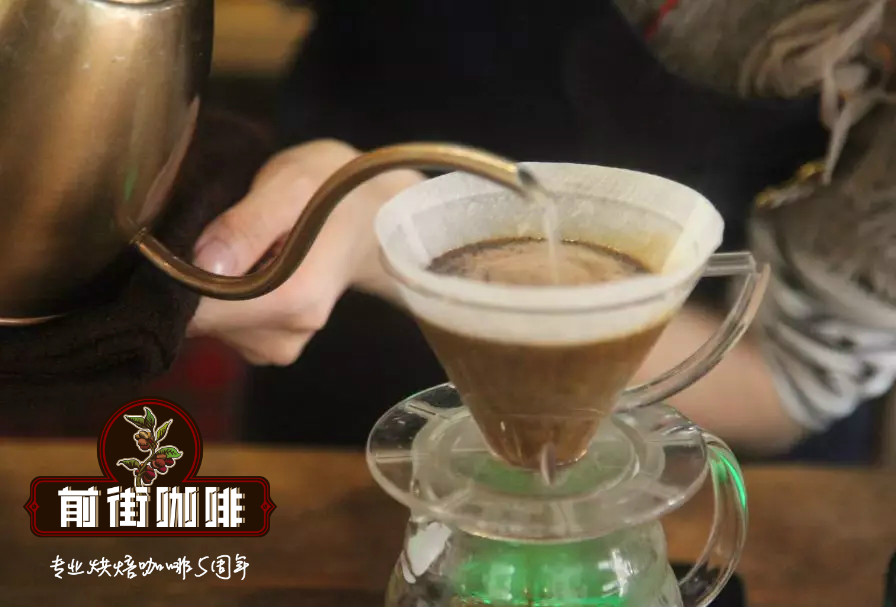What are the characteristics of Brazilian coffee beans? what brand of coffee beans are good to drink Brazilian coffee is suitable for roasting

Professional coffee knowledge exchange more coffee bean information please follow the coffee workshop (Wechat official account cafe_style)
There are many large farms in Brazil, which run endless coffee plantations. They use machines to harvest and dry them. They are so efficient in automation that they regard coffee as a general agricultural material and completely abandon the flavor and flavor. As a result, many select coffee companies simply do not sell Brazilian beans so as not to demean themselves. In select coffee shops, there are still occasional Brazilian "santos" coffee, but they are all "Bourbon Santos" (bourban santos) rather than low-priced "Ping Dou Santos". Santos is a descendant of the bourbon species, hence the name for the port of Santos export. In the first three or four years before the coffee tree began to bear fruit, the beans were small and curved, with excellent flavor, and became the "Bourbon Santos". After that, the beans became bigger, flat in shape, no longer bent, and became "flat bean Santos". The flavor was not as good as before.
Unlike in the past, Brazil's economy is less dependent on coffee, which accounts for only 8% of GDP and 10% of GDP. Before World War II, Brazil accounted for 50% or more of the world's coffee production, and now it is close to 30%. But the country's impact on the world's coffee, especially on coffee prices, is significant. For example, two frost disasters in 1994 caused a sharp rise in global coffee prices.

Since the introduction of coffee trees from French Guiana (Guyana) in 1720, coffee production has gradually become a science. Before 1990, the Brazilian government carried out strict monitoring of the coffee industry, with both strict intervention and price protection measures, and the state has been implementing minimum price protection measures for farmers, resulting in coffee overproduction. Before World War II, the remaining stock reached 78 million bags, which had to be burned by fire or thrown into the water to destroy.
Since the opening of the free market in 1990, the original Brazilian Coffee Authority (IBC) has been replaced by the National Economic Association, the country's non-investment administrative body, which pursues a policy of non-intervention and allows producers to negotiate directly with exporters. The business activities of exporters are supervised by the government legislation, and the relevant departments register legitimate exporters.
In Brazil, the largest producer is Robbins. This kind of coffee is sold in the supermarket. Brazil's Robucht coffee, sold under the name Conillon, accounts for 15 per cent of total production.
Old bourbon coffee is grown on some estates in the Serrado district of Minas Greais state in southeastern Brazil. Old varieties of bourbon coffee grown on these estates, such as Capin Branco and Vista Allegre, are also sold on the market. Although they come from the same area, these coffees have their own characteristics. Capingblanco coffee is smoother than Vesta Allegre coffee, while Vesta Allegre coffee is strong and black, both of which have lower acidity. However, like all Brazilian coffee, they are most suitable for drinking when they are fresh and tender, because the older they are, the more acidic they are. These coffee growers have organized themselves into the Brazilian Special Coffee Association (the Speciality Coffee Association of Brazil).

Old bourbon coffee is grown on some estates in the Serrado district of Minas Greais state in southeastern Brazil. The Serrado platform and South Minas in the west of Minas are mostly above 1100 meters above sea level, with rich landforms, obvious dry and wet seasons, great temperature difference between day and night, and rich microclimate, which are suitable for cultivating elegant red bourbon and yellow bourbon. It has naturally become the main producing area of Brazilian boutique coffee.

Qianjie Coffee recommends roasting Brazilian coffee above medium roasting to highlight the nutty, creamy and caramel flavor of Brazilian coffee, as well as the sweetness and balanced taste of Brazilian coffee.
Qianjie coffee is recommended for brewing by hand.
Degree of grinding: 4 (small Fuji R440)
Water temperature: 88 ℃
Filter cup: V60/KONO
Dry fragrance: nuts, cocoa
Palate: low sour, nutty, sweet and mellow chocolate
END
Important Notice :
前街咖啡 FrontStreet Coffee has moved to new addredd:
FrontStreet Coffee Address: 315,Donghua East Road,GuangZhou
Tel:020 38364473
- Prev

Espresso and Fine Coffee beans caffeine content-what coffee beans are used for espresso
Caffeine content of espresso and Fine Coffee beans-what coffee beans espresso use about the caffeine content of Espresso Espresso is the most fragrant coffee with the least influence on sleep. The caffeine content of Espresso is not higher than that of other coffee because of its strong taste. Espresso has the lowest caffeine content of all coffee recipes, because coffee and water are used in the production process.
- Next

Panama Flower Butterfly Coffee Bean Taste Grind Scale Production Area Variety Manor Introduction
Panama flower butterfly coffee beans taste grinding scale production area variety manor introduction flower butterfly in the variety of superiority, coupled with fine processing methods, if the use of light roasting to complete the final flavor trend of this bean. You will give this rose a floral, fruity, berry flavor, and honey sweetness and smoothness, aroma and finish is very good
Related
- Detailed explanation of Jadeite planting Land in Panamanian Jadeite Manor introduction to the grading system of Jadeite competitive bidding, Red bid, Green bid and Rose Summer
- Story of Coffee planting in Brenka region of Costa Rica Stonehenge Manor anaerobic heavy honey treatment of flavor mouth
- What's on the barrel of Blue Mountain Coffee beans?
- Can American coffee also pull flowers? How to use hot American style to pull out a good-looking pattern?
- Can you make a cold extract with coffee beans? What is the right proportion for cold-extracted coffee formula?
- Indonesian PWN Gold Mandrine Coffee Origin Features Flavor How to Chong? Mandolin coffee is American.
- A brief introduction to the flavor characteristics of Brazilian yellow bourbon coffee beans
- What is the effect of different water quality on the flavor of cold-extracted coffee? What kind of water is best for brewing coffee?
- Why do you think of Rose Summer whenever you mention Panamanian coffee?
- Introduction to the characteristics of authentic blue mountain coffee bean producing areas? What is the CIB Coffee Authority in Jamaica?

